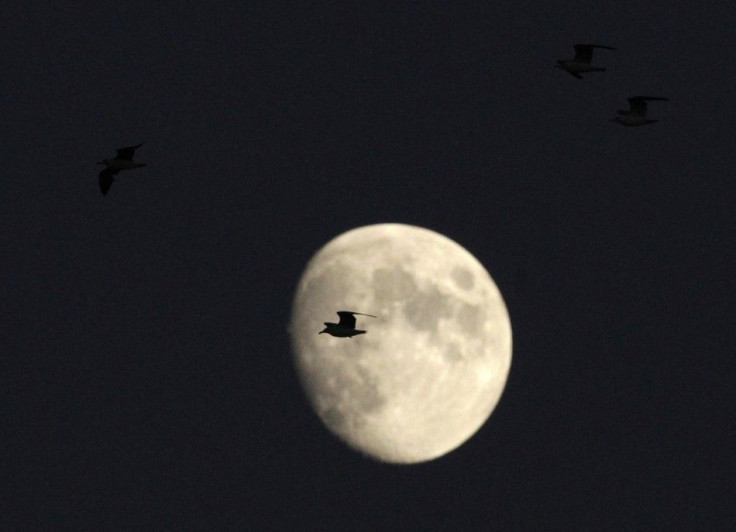That Old Moon May be Younger Than we Thought

That old lopsided moon seen at night may be 200 million years younger and may have evolved differently over time, an international team of scientists have learned after performing tests on moon rock samples collected by NASA's Apollo 16 mission landings.
The current belief is that the moon formed about 4.5 billion years ago from debris emitted into space. This was after a crash with a Mars-size object and the Earth.
Many researchers have suggested that this crash caused a hot blanket of magma to solidify over anywhere between tens of thousands and some million years. But the international scientists who tested the moon rock samples looked keenly on ferroan anorthosites, which are considered the oldest moon crust rocks and they analyzed isotopes of lead, samarium and neodymium within purified samples of these rocks.
The team found that the three calculations resulted in similar ages — an average of about 4.36 billion years.
If their calculations are correct, this means the moon might either be significantly younger than researchers suspected, or the basic notion of the moon's magma ocean might have formed and cooled more recently that scientists thought.
We all looked at one another and laughed, lead author Lars Borg, a geochemist at Lawrence Livermore National Laboratory in Northern California, told the Los Angeles Times.
But others have suggested that there may be other explanations for the rock's apparent youth.
One possible scenario is that the dense minerals that formed atop a relatively frothy bit of the moon's primordial crust, still floating on a sea of molten rock, could have rendered the island unstable, a press release stated.
Then, like a top-heavy iceberg, that bit of crust could have flipped over, causing the minerals to melt and then recrystallize, in essence resetting the clock and giving a false impression of when the moon actually formed.
But whatever the cause, Clive Neal, a planetary geologist at the University of Notre Dame, noted that lunar samples are still giving us wonderful insights decades after they were brought back to Earth. He said moon rocks are the gifts that keep on giving.
© Copyright IBTimes 2024. All rights reserved.






















